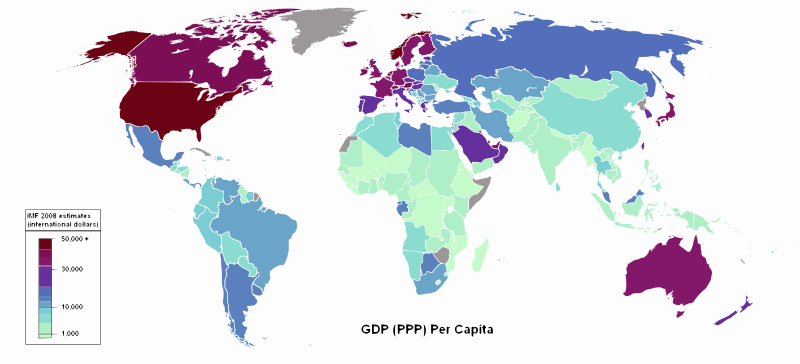jimpeel
Well-Known Member
Found the answer to your question.
From THE EMPLOYMENT SITUATION – SEPTEMBER 2010
From THE EMPLOYMENT SITUATION – SEPTEMBER 2010
what if we break that down a little farther???
Are all those U.S. Citizens?
Are undocumented immigrants counted in the surveys?
It is likely that both surveys include at least some undocumented immigrants. However, neither the
establishment nor the household survey is designed to identify the legal status of workers. Therefore, it
is not possible to determine how many are counted in either survey. The establishment survey does not
collect data on the legal status of workers. The household survey does include questions which identify
the foreign and native born, but it does not include questions about the legal status of the foreign born.

 .
.


